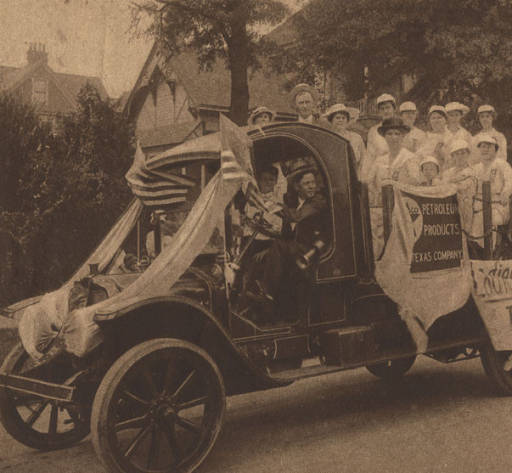First up is the former Queen City Pool & Bathhouse on River Road. Built during the Great Depression, the complex was designed by Buel Schulyer, who studied under legendary architect Frank Lloyd Wright. The location was added to the National Register of Historic Places in 1992. In December 2011 the building became the Mildred Westervelt Warner Transportation Museum. Unfortunately the museum is not open on Sundays, so hopefully we can see it on another visit.
In the photos above and below you can see where the pool for the complex was located. This area is to your right as you face the former bathhouse.
Next door to the transportation museum is the main Tuscaloosa Public Library. I worked at this library in the early 1980's just after finishing library school at UA. This front entrance looks unfamiliar to me; I always entered via the employees' entrance on the back side of the building!
The library's web site has a nice history page.
While we were in the Tuscaloosa area we also drove around Northport trying to find a particular location there. We never found it, but we did drive a short way on modern portions of Byler Road, once a major highway through 19th century Alabama. The state Department of Archives and History has this text from an historical marker for the road. The text of such markers all over the state can be found here by county. You can learn more about Byler Road here and here.
Byler RoadOne-half mile east is a portion of the original Byler Road. Legislation authorizing construction signed into law December 1819, by Alabama's first governor, William Wyatt Bibb. Built by John Byler, it was Alabama's first public road. Opened November 1822, operated as a toll road until 1834. Twelve feet wide, it connected Northwest Alabama and the Tennessee River to the Warrior River at Northport. Used by early settlers and military forces during War Between the States, it was a factor in the development of many Alabama communities.





















































